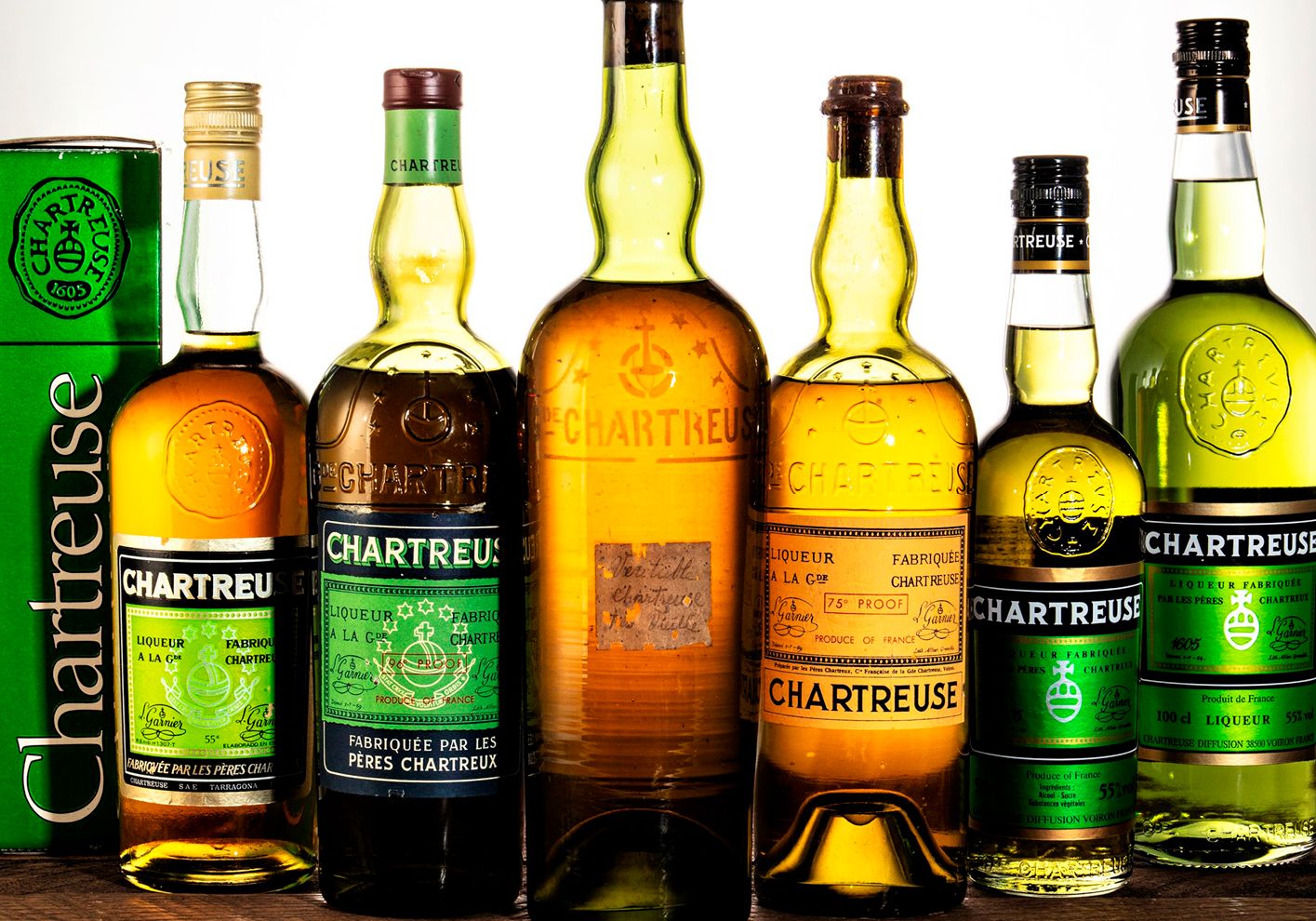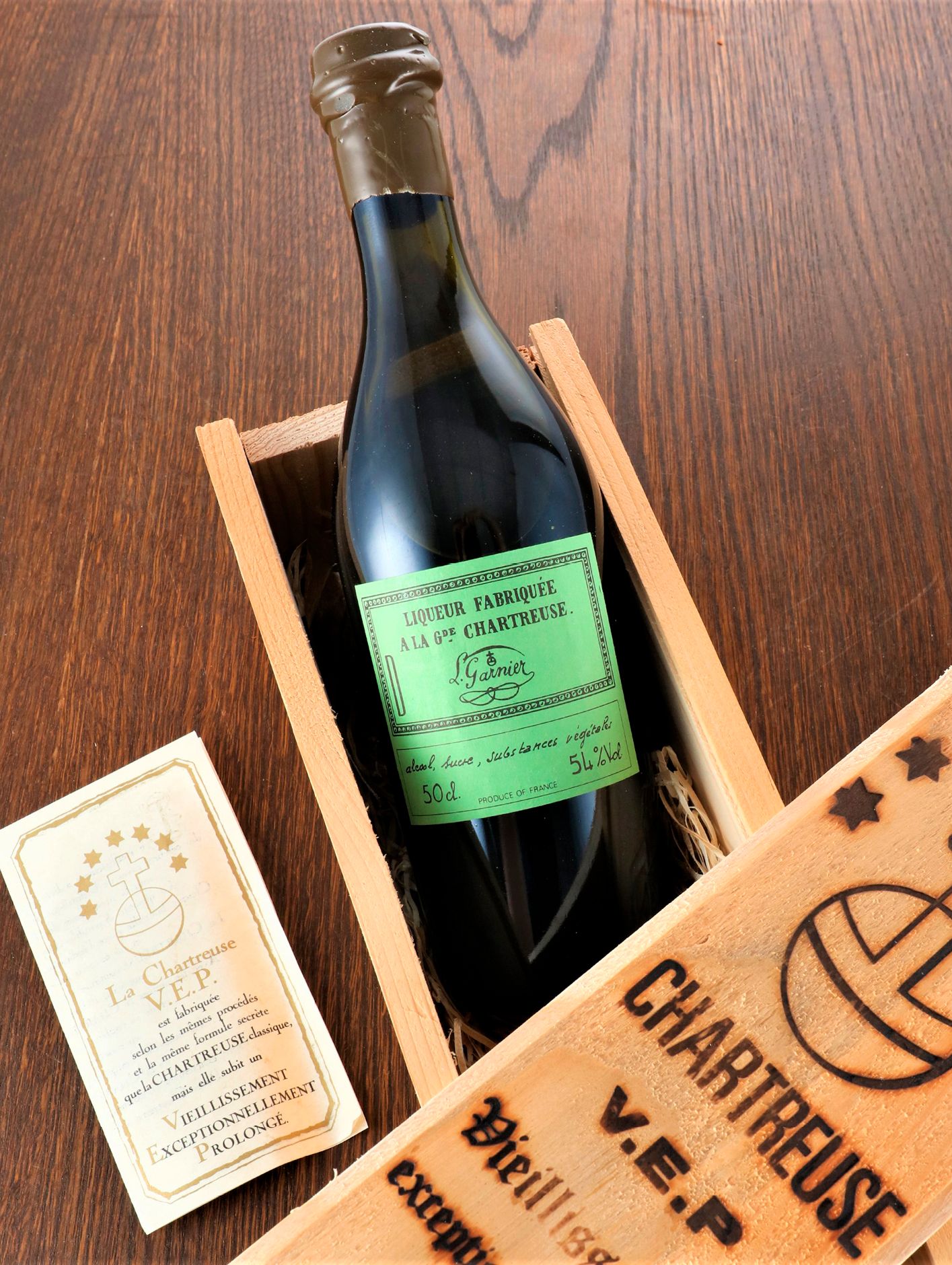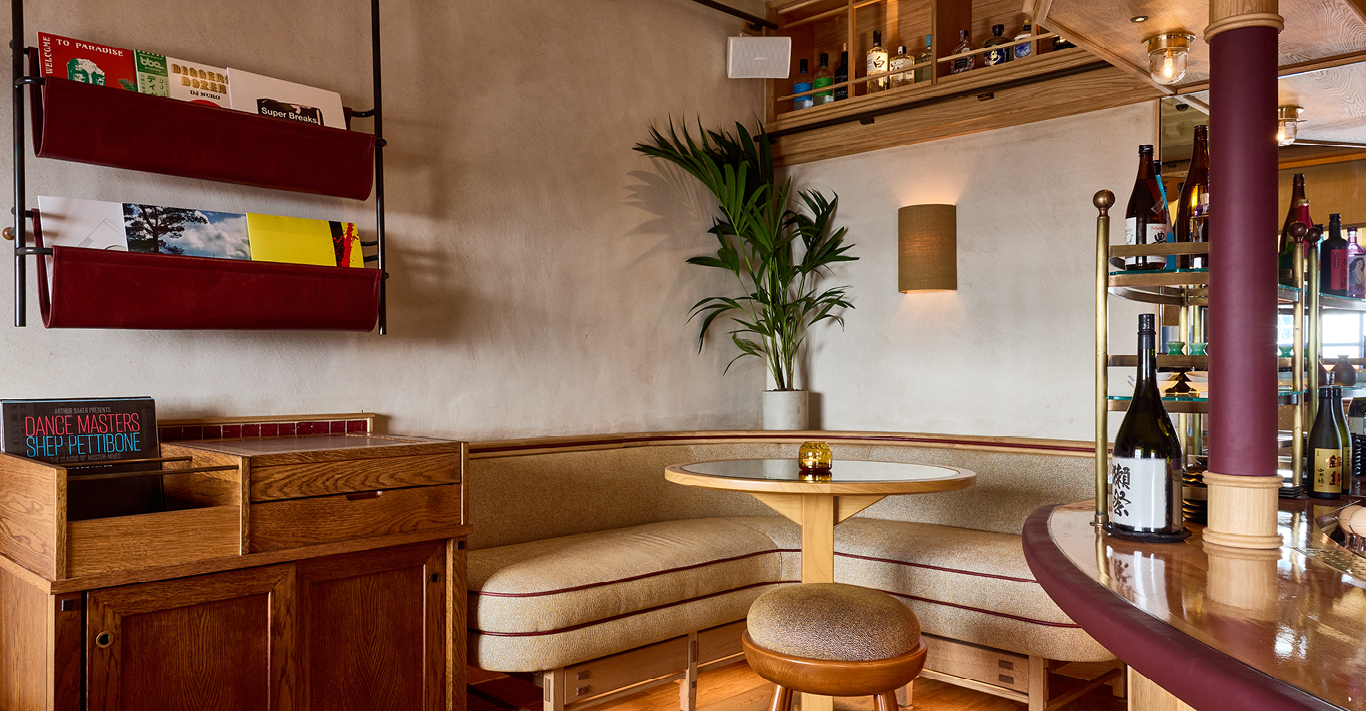WORDS
Chris Madigan
With record-breaking 1926 Macallans and rare casks from ghost distilleries going under the hammer, whisky auctions are gaining more attention than ever before. Those falling slightly short of a £1 million-plus budget will find desirable bottles on the Whisky.Auction online site which go for between the tens of thousands and as little as £50. But among the Bowmores, Yamazakis and rare cognacs, you will see more surprising lots – Chartreuse, Fernet-Branca, Campari et al going back decades.
Vintage vermouths, amaros and liqueurs are a bit of a cult among bartenders – Xavier Padovani, partner in the Experimental Group of hotels and bars, is a well-known fan; there is a collection in his Covent Garden bar-restaurant, Stereo.
Another notable devotee is Alessandro Palazzi, the legendary bar manager of Dukes and master of the martini trolley. ‘I got hold of a 1970s Carpano Antica Formula vermouth and used it to make a batch of negronis for my wife’s 50thbirthday party. It has so much depth of flavour… I filled an amphora I’d got hold of from a wine-making friend, and that rounded it out even more. It becomes more of an after-dinner drink, really.’
And how was it? He laughs, ‘It must have been good – one of my wife’s friends who didn’t know me thought I was a hired bartender and tried to book me… until I told her my hourly rate!’
You don’t have to run a world-famous bar, however, to get something out of these bottles. Isabel Graham-Yooll, auction director of Whisky.Auction, says, ‘We’re talking about simple cocktails people make at home – negronis, martinis and so on – not flashy, complex recipes. So, the difference you can make with one or two of these ingredients is astonishing. If you’re using a young vermouth – one that’s light in character, such as Noilly Prat, versus the more full-bodied Cocchi Americano – that will alter your martini. But the difference from using a vintage vermouth is even greater.’
Anyone who buys vermouth has it drummed into them that you must drink it quickly before it goes off. So aren’t old bottles of vermouth terrible? ‘Bear in mind, vermouth is wine-based – some wines need drinking quickly; others benefit from years of ageing. And it is fortified, which helps. There’s not much research into this because most people think if a vermouth is a year old, it needs throwing away; but some are left unopened at the back of a cupboard because they’re a year old, then stay there. But what we’ve found happens is that there is a concentration of the fresh, fruity flavours, but with an added touch of rancio, oxidation and umami, like a sherry or balsamic vinegar.’

Does this always happen, or are there misses as well as hits? ‘The higher sugar vermouths – the rich, deep red ones – tend to preserve better than the drier ones, which are more of a gamble, but are often excellent.’
Whisky.Auction does limit the chances of that gamble earning you a dud: ‘We inspect every bottle, without opening it. A visual inspection will tell us if the liquid is likely to be drinkable – we check for leaks or other faults and, if it’s suspect, we won’t list it,’ says Graham-Yooll.
Another reason for the allure of vintage vermouth and liqueurs is that, over the years, production methods and ingredients change, so you are opening a time capsule. Campari is the most famous example – in 2006, it stopped using carmine (from cochineal beetles) and switched to artificial red colouring. ‘A Campari from the 1980s doesn’t have that fluorescent orange colour it has today; it is a deeper red. But also, it’s more syrupy than today.’ Quite apart from the fact that, for some of us, the aroma transports us back to childhood summer holidays on the Italian Riviera, and the smell of our parents’ Campari and soda wafting over our stracciatella gelato.

Alessandro Palazzi experiences the same thing with Fernet-Branca, which is his favourite amaro. ‘It takes me back to the 1970s, when I was at catering college in Senigallia, on the Adriatic coast. I spent time doing different jobs, but the one they gave you for punishment was to work behind the bar. It was hard work because you were always making coffee for everyone, but you also learned all the classic cocktails, using all these products we are talking about. And I got into trouble a lot!’
Fernet-Branca is now largely produced in Argentina, not Italy – so Palazzi thinks of the older bottles as more authentic. And there are less well-known changes to recipes than that of the Campari cochineals, says Graham-Yooll: ‘When there’s a secret family recipe, you often find that changes for practical reasons – we can’t source those tiny berries any more, but those slightly larger berries that are available are close enough…’
When it comes to secret recipes, none is more closely guarded than that of Chartreuse liqueur – with its 132 botanicals – known only to two monks at any time. ‘Old Charteuse,’ says Graham-Yooll, ‘is incredible. Just not the same as what is bottled today. They have moved the distillery, changed the production process. Plus, you’ve had 50 years of evolution in the bottle.’
Chartreuse is an outlier – bottles can fetch £10,000 at auction. The others can be incredible bargains – a 1980s Fernet-Branca went for £9 in September; a 1990s Campari for £16 a year before that.
The current whisky and spirits auction runs until 7 November; the next begins on 26 November; whisky.auction





